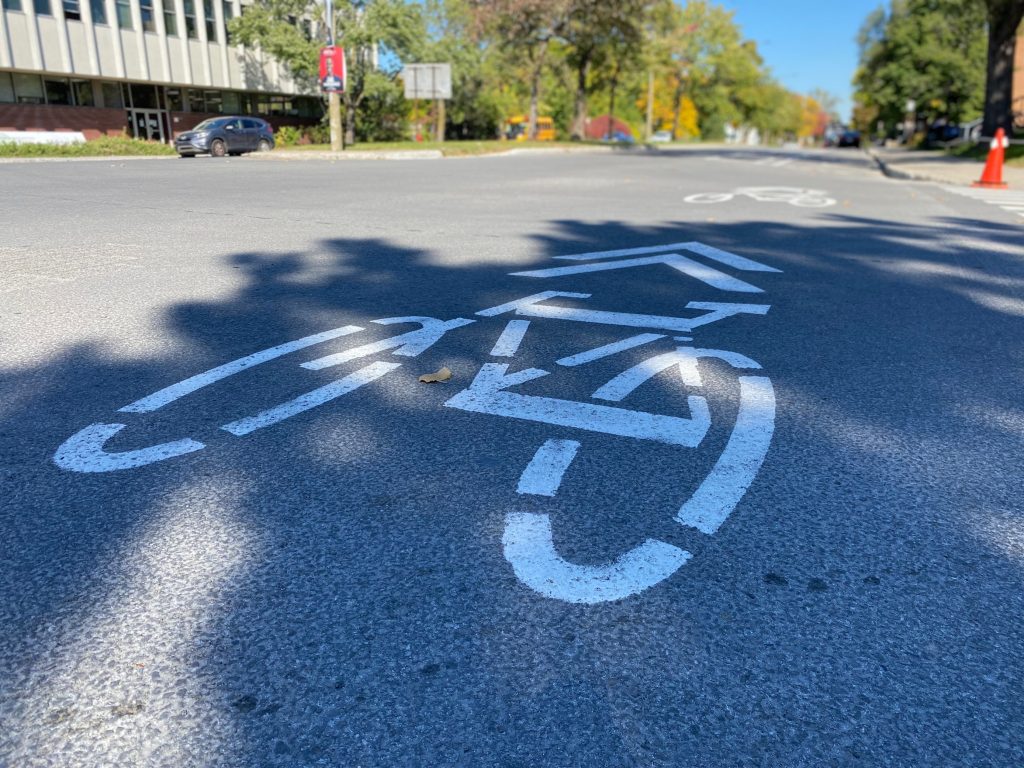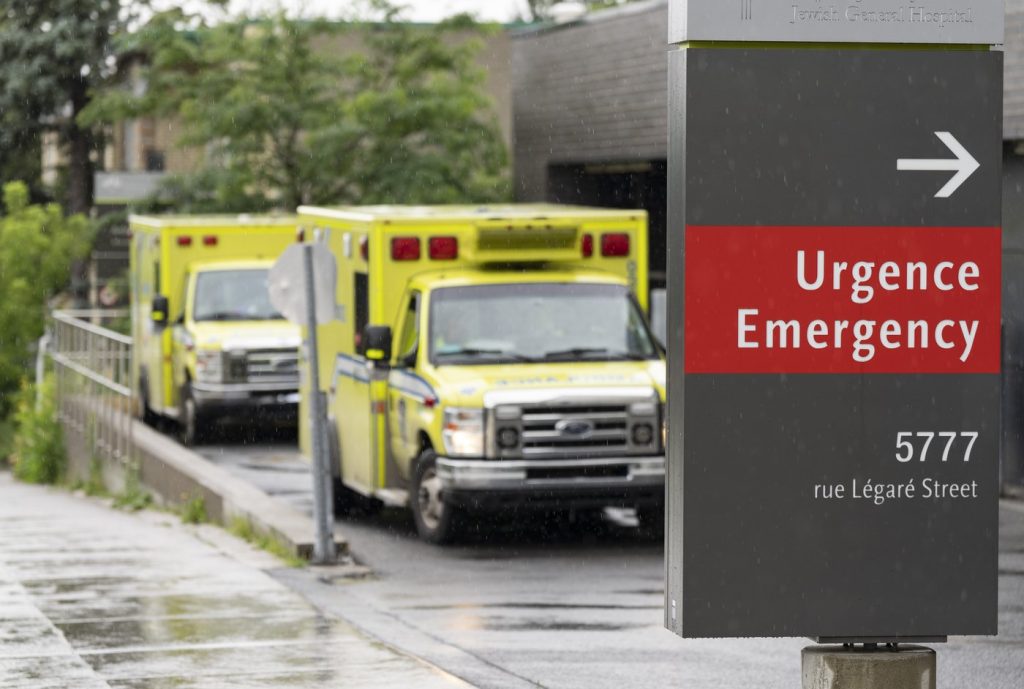Use of French in public spaces is stable in Quebec, according to OQLF survey
Posted April 5, 2024 10:04 am.
Last Updated April 29, 2024 10:03 am.
The use of French in public spaces has remained stable in Quebec since 2007, according to a new study by the Office québécois de la langue française (OQLF).
In 2022, 79 per cent of Quebecers used French most often in public spaces, according to OQLF data.
This percentage is similar to those observed over the previous 15 years, “which reflects stability in the language used outside the home with people other than parents or friends,” the Office said in a press release.
#WATCH: “We need to be careful about how we react,” says Jack Jedwab, president and CEO of the Metropolis Institute and the Association for Canadian Studies, about a study conducted by the OQLF stating the use of French is stable in public spaces.
— CityNews Montreal (@CityNewsMTL) April 5, 2024
READ: https://t.co/ed9mvxT0C8 pic.twitter.com/Bl4kbBvkmz
“We are in Quebec, it’s part of the culture to speak French,” said Lucette Gnayoro, a Montrealer from Côte d’Ivoire.
The OQLF study is based on data from a survey conducted between March and May 2022 among 7,171 Quebecers, as well as on discussion groups in order to deepen the results of the survey.
The metropolitan regions of Montreal and Gatineau have the lowest proportions of people saying they use French compared to the other regions of Quebec studied. They stand at 68 per cent and 63 per cent respectively.
“I moved specifically for the French language, and I was told it’s a bilingual place, but I didn’t think it was this bilingual, so in some places, we hear less and less French,” Gnayoro.
“I’m an anglophone but sometimes, whatever people start the language in, I’ll just continue,” said Montrealer Andy Catalano.
Montreal and Gatineau recorded the highest proportions of people using English most often in public spaces, 13 per cent and 15 per cent respectively.
“Gatineau and Montreal always have the biggest proportion of people who speak English predominantly because that’s just the nature the demographics of where English speakers happen to be concentrated in the province of Quebec, so you’ll see some people who like to draw attention to that,” said Jack Jedwab, president and CEO of the Metropolis Institute and the Association for Canadian Studies.
For Quebec as a whole, this percentage increased from eight per cent to 10 per cent between 2007 and 2022, while that of people using French and English most often increased, from 11 per cent to 13 per cent. This last indicator climbs to 22 per cent in Gatineau and 18 per cent in the Montreal region.
“There is an issue with respect to the position of French language, observers will tell you as long as French is minority in North America. It’s the way in which the issue gets communicated or spun,” Jedwab said. “My sense is that the government, and potentially some thought leaders will likely say that this doesn’t suggest that French wasn’t in danger. It only suggest that things are stabilizing, and some of the measures we’ve been introduced may help create that stability.”
The OQLF also reveals that people aged 18 to 34 have the lowest proportion for using French outside the home, at 74 per cent. However, this is the age group with the highest percentage of people using French and English (16 per cent).
The study also shows that the proportion of people using French most often varies depending on the communication situation. For example, it stands at 78 per cent when delivering a meal, but rises to 90 per cent in communications with Quebec government services.
“The OQLF last month, they issued a report saying in the workplace, the French language was not doing very well,” Jedwab said. “That’s only 30 days ago. So, we’re all over the map in the space of 30 days.”
“We need to be vigilant not to sort of jump for joy on what is presumably good news,” Jedwab added. “This is just part of the ongoing story as regards to the language conflict in Quebec.”
–This report by La Presse Canadienne was translated by CityNews



